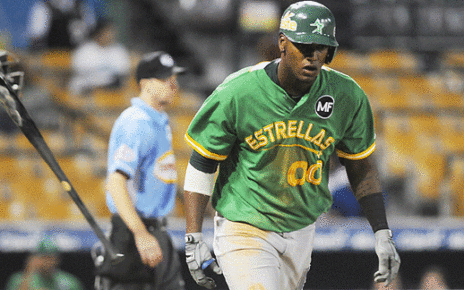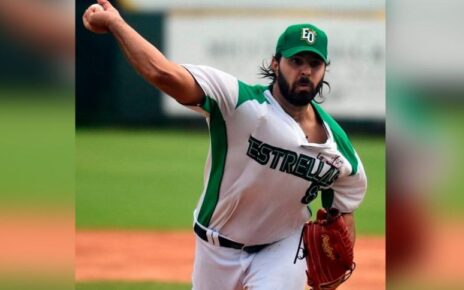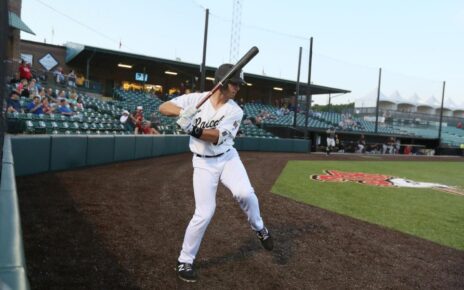Albert Almora has been a player in waiting for the Chicago Cubs for a handful of years now. Even after finding a permanent spot on the roster during the 2017 season Almora remained a player with untapped potential. That’s the common refrain around Chicago and coming from the Cubs themselves. When they speak of internal improvements they are talking about a player like Almora shedding some of his less attractive qualities and finally fully applying his skillset.
The field isn’t where Almora has any issues. Though the metrics aren’t always a fan of him, it often depends on which metric you are citing as to whether or not you will come away with the idea of Almora as a quality centerfielder or not. FRAA had him at 2.5 in 2018, which for someone who watched him on a near-daily basis seems quite low. Almora’s fielding is a case, I would argue, where the metrics don’t line up with what he actually does in the field. Though, even I would be willing to admit that his general slowness and the bulk he added to his frame starting with the 2017 season have hurt his otherwise stellar fielding.
The corner the Cubs want Almora to turn is in the batter’s box. The Miami, Florida native has too many ingrained tendencies to ever be a high walk guy. He simply won’t get on base the extra times the Cubs look for through walks. A career OBP of .326 is right about where Almora will most likely fall if he doesn’t make any changes. Since he’s not about to start walking more, the change to his batting style has to come from somewhere else.
A change in approach is where Almora could benefit the most. Not so much in working counts and trying to accrue walks, but rather in going to the plate with an actual idea of what pitches he wants to swing at. This is never more evident than in the first pitch, the pitch that seems to trouble Almora the most. From a visual standpoint, the former Cubs first-round pick looks lost when the first pitch is thrown. The only logical reason I can come up with for this is that he taps the plate with an uninformed idea of attacking the pitcher.
I don’t think this is because the Cubs haven’t tried to jolt the sluggish Almora out of his tendencies. They most certainly have developed gameplans for Almora, he just doesn’t seem to want to follow them. The raw data shows that Almora swings at first pitch fourseam fastballs 38% of the time, and whiffs to a tune of 4%. His batting average in that scenario is .333. Now, I know this seems good, and the first inclination would be to tell him to keep up what he is doing. My concern is what happens to Almora when it isn’t a fourseam fastball coming his way.
He swings at first-pitch changeups 43% of the time, with an accompanying whiff rate of 29%. His batting average on that pitch is .000. Thus the problem with Almora begins to take shape. He swings first pitch a lot, regardless of pitch type, and can’t handle pitches that aren’t a fastball. Against the sinker, he does manage to hit .286, but against the curve, he drops to .182. Because he struggles so much against breaking pitches, an xWOBA of .215 in 2018, Almora is a free swinger from the first pitch he sees.
The key to getting Almora on track as a hitter is to get him to drop his first pitch swing percentage anywhere close to the league average of 28%. Instead of chasing whatever pitch he sees, his career chase percentage is well above league average at 38%, he could save his swings until he sees pitchers better suited to his liking. Changeups look an awful lot like fastballs. Good hitters recognize the difference, and if Almora will ever be the hitter the Cubs hoped for he needs to start recognizing pitches better and planning to take the first pitch much more often.
Lead photo courtesy of Patrick Gorski – USA Today




